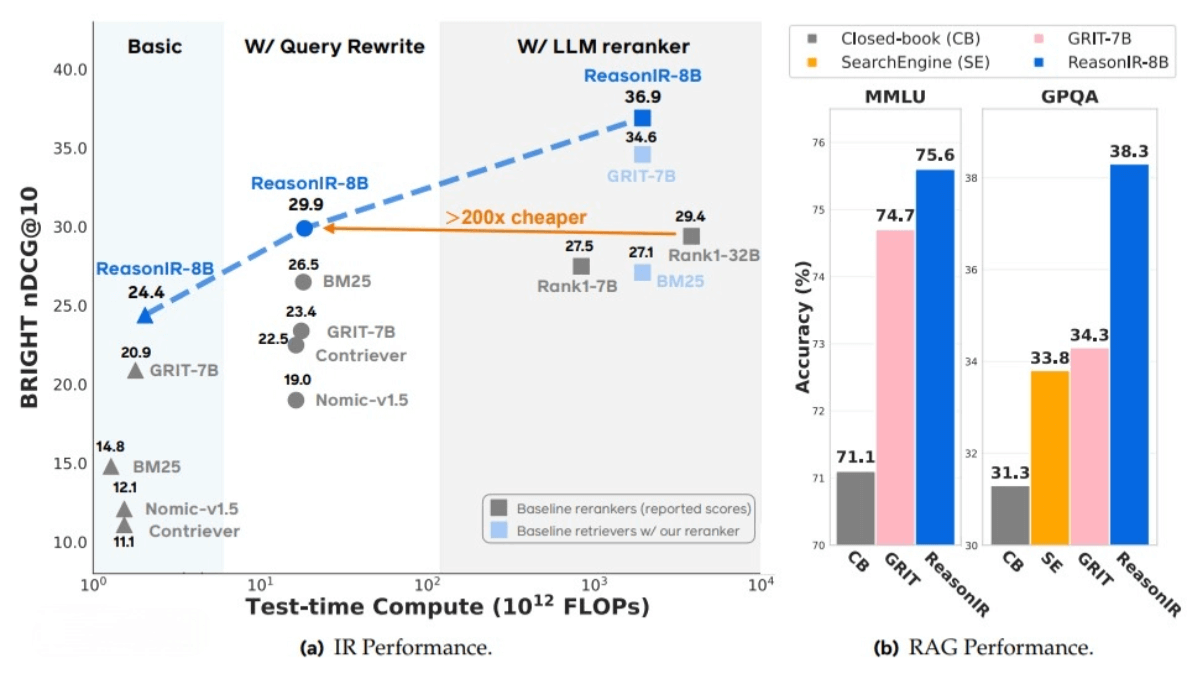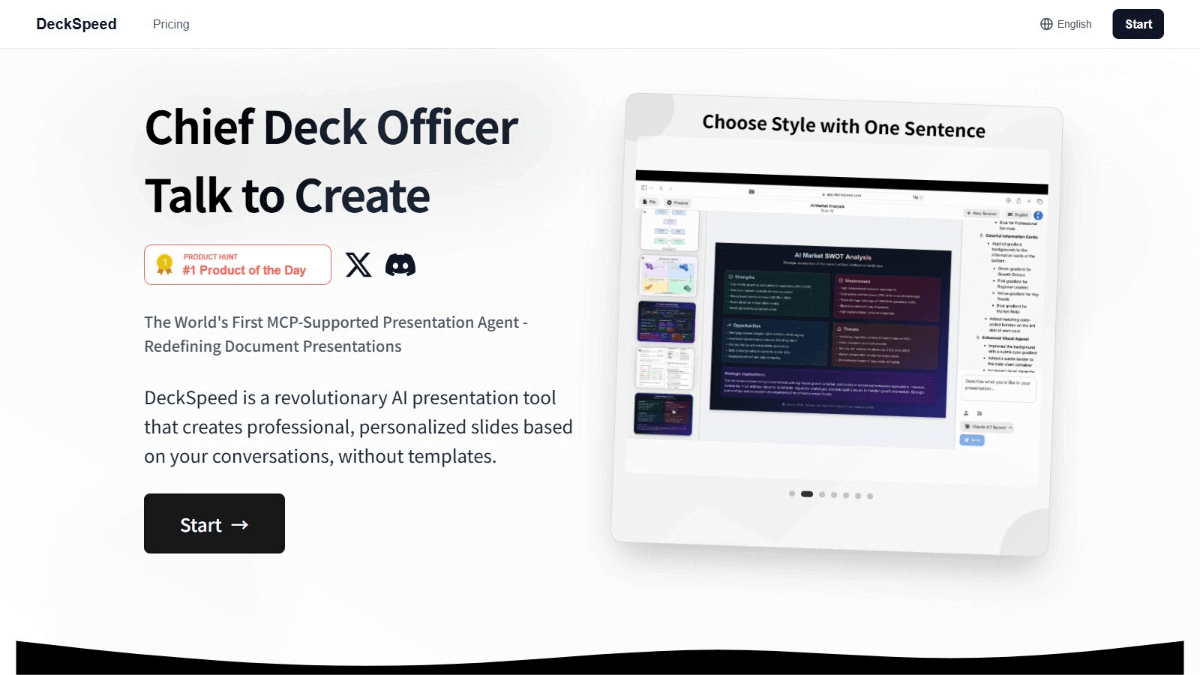Llama Nemotron – A series of reasoning models launched by NVIDIA
What is Llama Nemotron?
Llama Nemotron is a series of inference models launched by NVIDIA, focusing on reasoning and various agentic AI tasks. The models are based on the open-source Llama model and enhanced with reasoning capabilities through NVIDIA’s post-training, excelling in areas such as scientific reasoning, advanced mathematics, programming, instruction following, and tool invocation. The Llama Nemotron model family includes three types: Nano, Super, and Ultra, catering to a wide range of enterprise-level AI agent needs, from lightweight inference to complex decision-making.
Nano (llama-3.1-nemotron-nano-8b-v1) is fine-tuned from Llama 3.1 8B and designed specifically for PCs and edge devices.
Super (llama-3.3-nemotron-super-49b-v1) is distilled from Llama 3.3 70B and optimized for data center GPUs, achieving the best accuracy under the highest throughput.
Ultra (Llama-3.1-Nemotron-Ultra-253B-v1) is distilled from Llama 3.1 405B and is designed as the most powerful intelligent agent tailored for multi-GPU data centers. In a series of benchmark tests, Llama-3.1-Nemotron-Ultra-253B-v1 performs on par with DeepSeek R1 and outperforms Meta’s newly released Llama 4 Behemoth and Llama 4 Maverick.

The main functions of Llama Nemotron
- Complex Reasoning Ability: Capable of handling complex logical reasoning tasks, such as solving mathematical problems, logical deductions, and multi-step problem-solving, etc.
- Multi-task Processing: Supports various task types, including mathematics, programming, instruction following, function calls, etc. It can flexibly switch between reasoning mode and non-reasoning mode based on system prompt words to meet diverse needs in different scenarios.
- Efficient Dialogue Ability: Supports the generation of high-quality conversational content, suitable for application scenarios such as chatbots, providing a natural and smooth interaction experience.
- Efficient Computation and Optimization: Optimizes model architecture using techniques such as Neural Architecture Search (NAS) and knowledge distillation, reducing memory usage, improving inference throughput, and lowering inference costs.
- Multi-agent Collaboration: Supports multi-agent collaboration systems, enabling brainstorming, feedback collection, and editing revisions to efficiently solve complex problems.
The Technical Principles of Llama Nemotron
- Improvements based on the Llama model: Llama Nemotron is further trained and optimized based on the open-source Llama model architecture, enhancing its reasoning ability and multi-task processing capabilities.
- Neural Architecture Search (NAS): Optimize the model architecture based on NAS technology to find the architecture most suitable for specific hardware, reduce the number of model parameters, and improve computational efficiency.
- Knowledge Distillation: Transfer the knowledge of large models to smaller ones using knowledge distillation techniques, reducing model size while maintaining or improving performance.
- Supervised Fine-Tuning: Perform supervised fine-tuning based on high-quality synthetic and real data to ensure high-quality outputs for both inference and non-inference tasks.
- Reinforcement Learning: Utilize reinforcement learning (RL) and human feedback reinforcement learning (RLHF) techniques to enhance the model’s conversational abilities and instruction-following performance, making it better aligned with user intentions.
- Test-Time Scaling: Dynamically increase computational resources during the inference phase, leveraging multi-step reasoning and verification to improve the model’s performance on complex tasks.
- System Prompt Control: Use system prompts to control the activation and deactivation of inference modes, enabling the model to flexibly adapt to different task requirements.
The project address of Llama Nemotron
- Project official website: https://developer.nvidia.com/blog/open-nvidia-llama-nemotron
- Hugging Face Model Hub: https://huggingface.co/collections/nvidia/llama-nemotron
Application scenarios of Llama Nemotron
- Solving Complex Problems: Tackling challenging math problems, logical reasoning, and multi-step questions to support scientific research and education.
- Intelligent Customer Service: Providing efficient and accurate customer support, supporting multilingual conversations to enhance user experience.
- Medical Assistance: Assisting doctors in diagnosis and treatment planning, supporting medical research and report writing.
- Logistics Optimization: Optimizing logistics routes and inventory management to improve supply chain efficiency.
- Financial Analysis: Predicting market trends, assessing investment risks, and assisting in financial decision-making.
Related Posts




